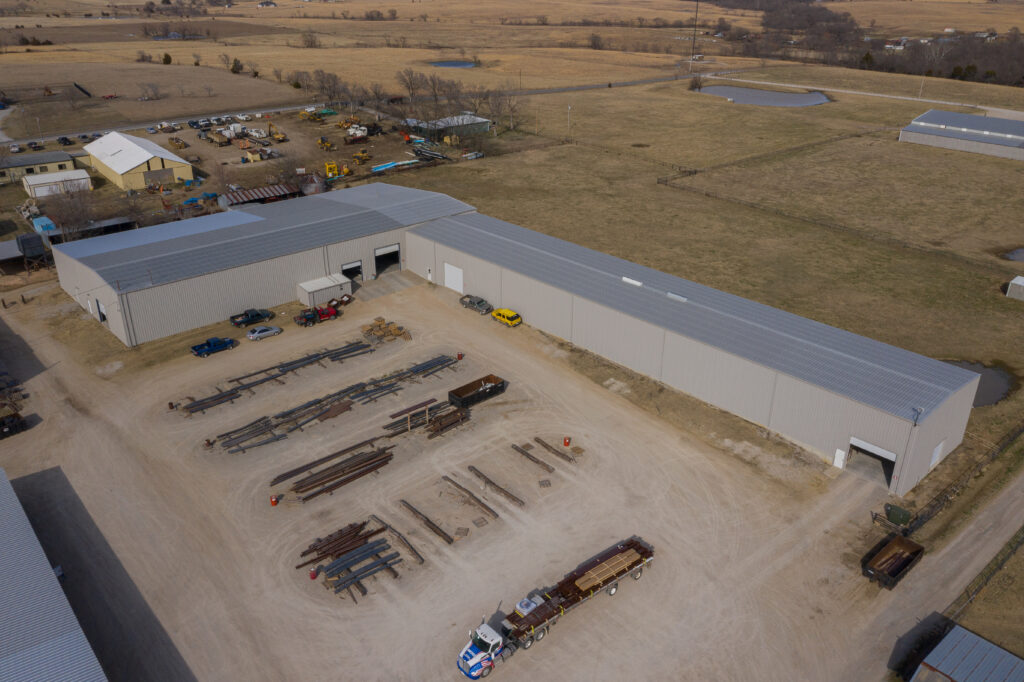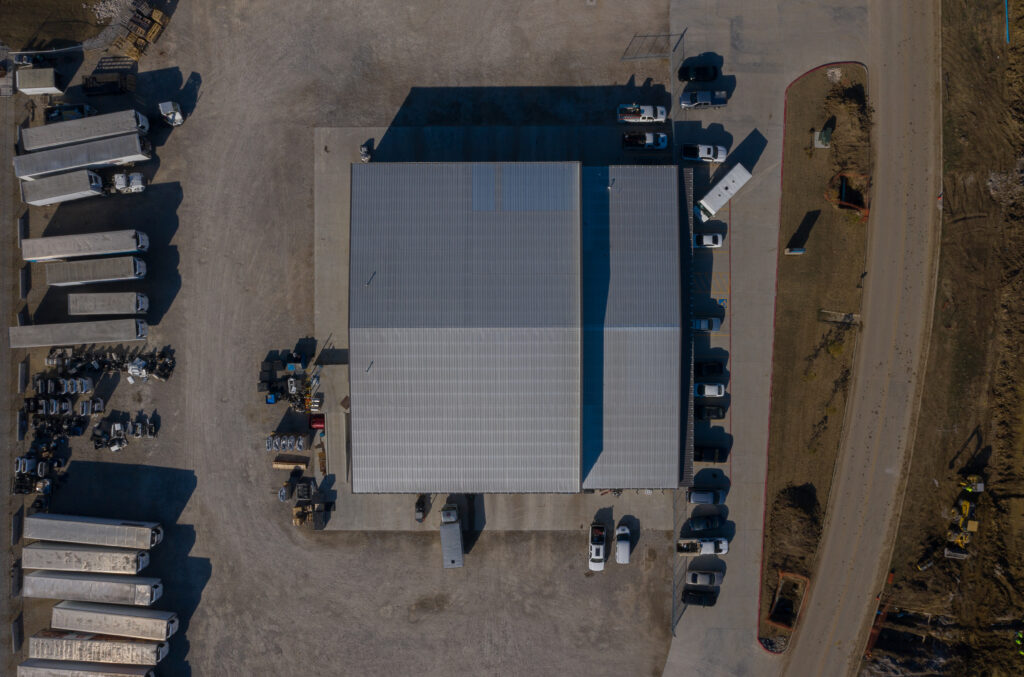It’s no secret that steel is the build material of choice for the modern age. Steel buildings are not only incredibly strong and durable, but they’re also eco-friendly. In fact, steel is the premier green construction material.
Here’s why: Steel buildings last longer than structures made from other materials, so they generate less waste over time. They’re also easy to recycle – in fact, steel can be recycled endlessly without losing any of its strength or quality. And because steel is so strong, steel buildings use less material overall, which means fewer resources are used in their construction. In short, steel buildings are a sustainable choice for the construction industry. And that’s good news for the environment and for our wallets.

Companies That Think Green Are Winning
As more and more people become concerned about the environment, companies that think green are winning. Steel buildings are a great example of this. Steel is one of the most sustainable building materials available. It is strong and durable, so steel buildings can last for decades with minimal maintenance. Steel is also 100% recyclable, so when a steel building does reach the end of its life, it can be recycled into new steel products. As a result, steel buildings have a much smaller environmental footprint than other types of buildings.
Structural steel has become the key building material of choice for architects and engineers looking to create energy-efficient, sustainable buildings. The structural steel industry has reduced its overall carbon emissions by 36% since 1990, and its water recycling rate is now at 95%.
As a result, structural steel production now consumes only 70 gallons of water per ton – a net consumption figure that is far lower than that of any other building material.
One of the benefits of steel is that it has magnetic properties. This means that it can be easily separated from waste using magnetic cranes. This is a major advantage over other materials, such as aluminum, which cannot be separated from waste using this method. As a result, steel is often the preferred choice for structural applications.
In addition, steel buildings can be designed to be very energy efficient. They can be insulated to reduce heat loss in the winter and cooled with natural ventilation in the summer. As a result, steel buildings can help companies save money on their energy bills. And because steel buildings are so effective at reducing energy consumption, they can help to reduce a company’s carbon footprint as well. For all these reasons, companies that build with steel are winning.
Metal Panels Are The Greenest Building Material, Recyclable, Etc.
As any engineer will tell you, steel is an incredibly versatile metal. It’s strong enough to support the weight of a skyscraper, yet flexible enough to be formed into intricate metal panels. Not surprisingly, steel is one of the most popular construction materials in the world.
And when a building reaches the end of its life, nearly all of its steel can be recycled and reused. In fact, according to the Steel Recycling Institute, an astounding 98% of all structural steel is recycled back into new steel products, with no loss of its physical properties. As a result, steel is an environmentally friendly choice for both commercial and residential construction.
Structural Steel
Structural steel is one of the most commonly used construction materials in the world. Though it is often used in commercial and industrial buildings, it is also finding its way into more and more homes.
Structural steel offers a number of advantages over traditional construction materials like wood and concrete.
- Structural steel is extremely strong and durable. It is resistant to fire, rot, and pests, and it requires very little maintenance.
- Structural steel is an extremely versatile material. It can be used to create a wide variety of shapes and sizes, making it perfect for both small homes and large skyscrapers.
- Structural steel is an environmentally friendly material. Unlike wood, it does not require trees to be cut down, and it can be recycled multiple times without losing its strength.
Much like pre-cast concrete, steel fabrication for construction projects takes place in a controlled environment away from the job site. This allows for greater control over quality and safety, as well as a more predictable construction schedule. Steel panels are cut and welded to specifications at the fabrication facility, then shipped to the job site for erection.
The use of metal panels also results in fewer emissions from construction equipment, as there is no need for on-site metal cutting or welding. In addition, the reduced amount of time required for steel erection means that there are fewer workers on the job site, resulting in improved safety conditions. Overall, steel fabrication offers a number of advantages over traditional construction methods.

Metal Roofing
When it comes to roofing, there are many choices available. However, if you’re looking for a roof that will last for decades and provide excellent protection from the elements, a metal roof is the way to go. Metal roofs are made from structural steel, which is one of the strongest materials available. This makes them extremely resistant to damage from wind, hail, and other forms of severe weather.
Metal roofs also have a much longer lifespan than traditional asphalt shingle roofs, and they require very little maintenance. In addition, metal roofs can be recycled at the end of their lifespan, making them an environmentally friendly choice. If you’re looking for a roof that will give you peace of mind for years to come, a metal roof is the best option.
When considering your material options for construction on a new project, steel is the clear winner. It’s strong, versatile, and environmentally friendly. If you’re looking for a material that will help you build sustainably, steel is the best choice. And if you are ready to start planning your project, talk with us at Lucas Metal Works for assistance from our expert design team. We can help you build a sustainable future.
